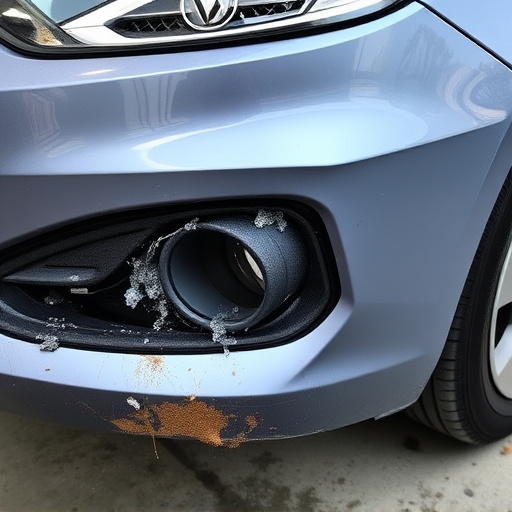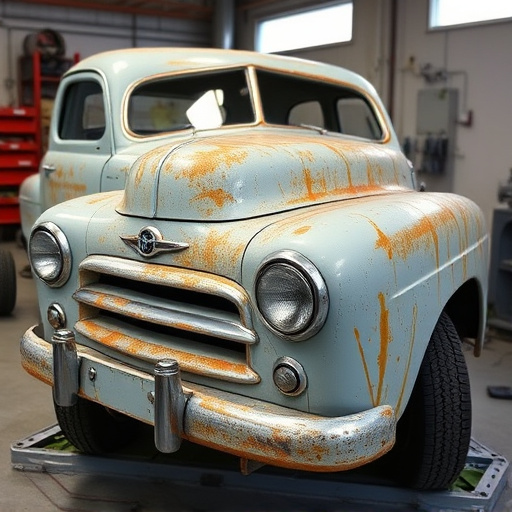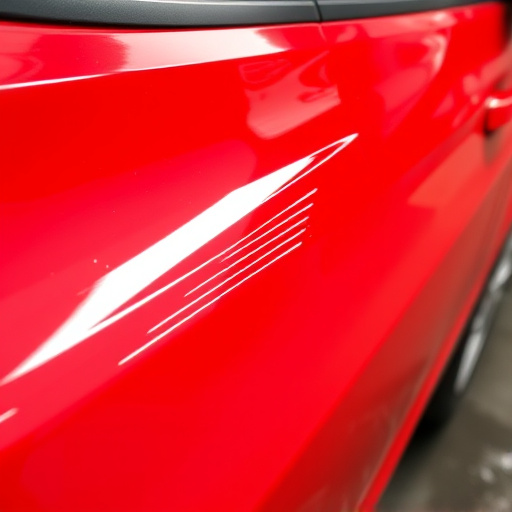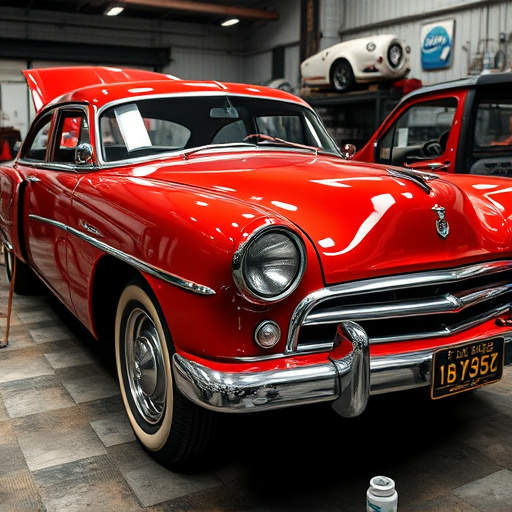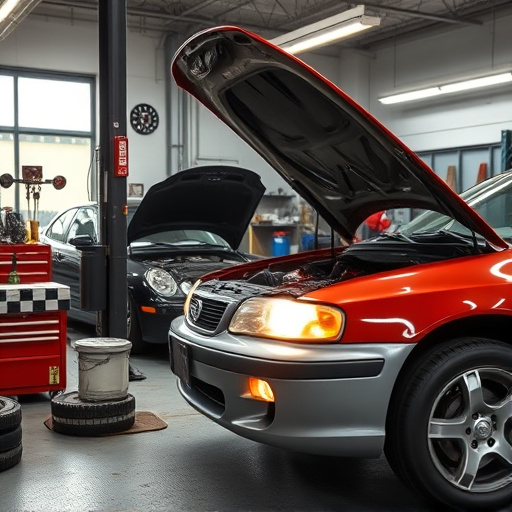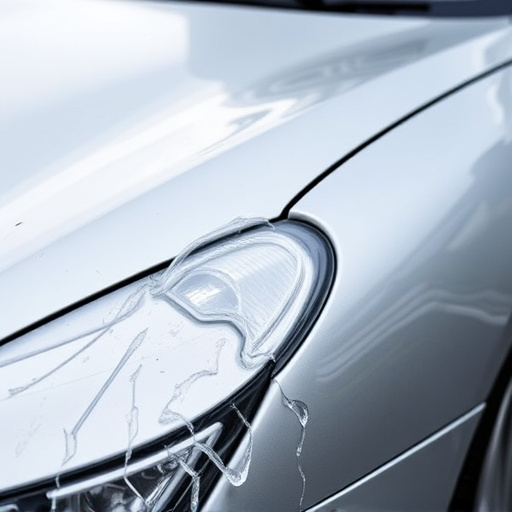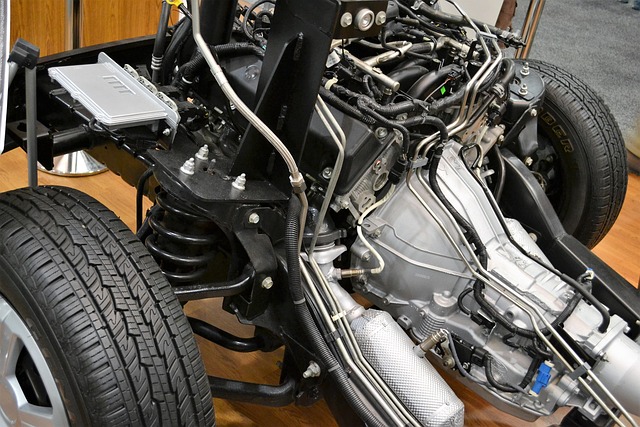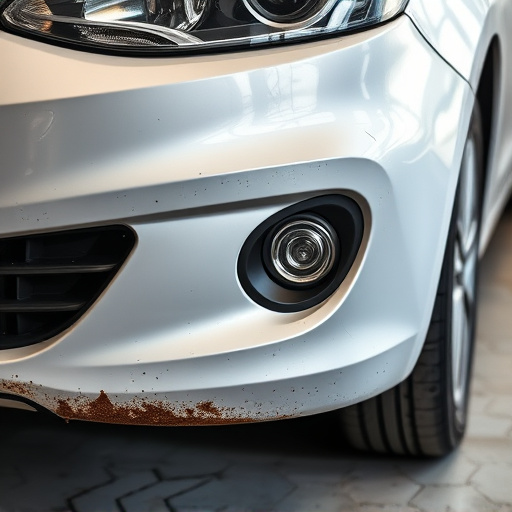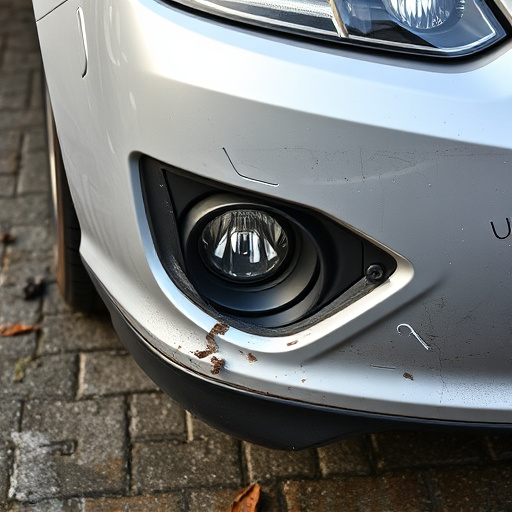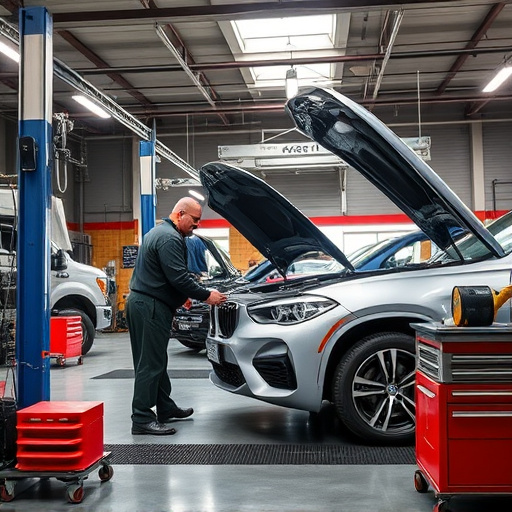Color matching excellence is a critical but often overlooked aspect of vehicle repair, ensuring seamless integration of repaired components like bumpers into the existing finish. This precise process involves scientific analysis and advanced technology to match original colors accurately in terms of hue, saturation, and value, requiring a deep understanding of color theory. Inconsistent color matching can disrupt visual consistency, leading to reduced customer satisfaction, potential reputational damage, and increased costs for touch-ups or reworks. Achieving color matching excellence is crucial for aesthetic appeal, high-quality standards, and safety in diverse applications, particularly for luxury brands like Mercedes-Benz that prioritize visual consistency to preserve their sophisticated image.
Color matching excellence is a cornerstone of visual consistency, ensuring brands maintain their identity across various mediums. In an era where visuals drive communication, inconsistent color representation can lead to dissonance and confusion among audiences. This article explores the significance of precise color management in achieving unity. We delve into the factors affecting color accuracy and present strategies for maintaining consistent hues, ensuring your brand’s aesthetic remains intact in a diverse visual landscape.
- Understanding Color Matching Excellence
- The Impact of Inconsistent Color Matching
- Achieving Visual Consistency Through Precise Color Management
Understanding Color Matching Excellence
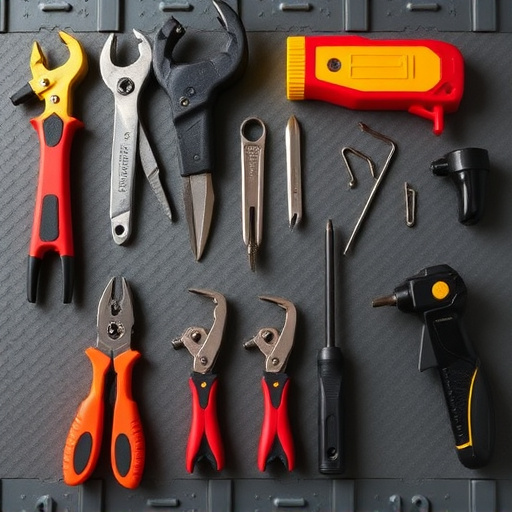
Color matching excellence is a critical aspect of visual consistency that often goes unnoticed until it’s lacking. It refers to the precise replication and harmony between colors, ensuring that repaired components, such as those in vehicle dent repair or bumper repair scenarios, seamlessly integrate into the existing finish. This isn’t merely about achieving an aesthetically pleasing result; it involves meticulous scientific analysis to match not just the hue but also the saturation and value of the original color.
Achieving this excellence requires a deep understanding of color theory and advanced technology. Professionals in car damage repair employ specialized tools and trained eyes to analyze the damaged area, capture precise color data, and then precisely mix and apply paint to match the surrounding surface. This meticulous process guarantees that repairs are not just visible but virtually indistinguishable from the original, maintaining the overall aesthetic integrity of the vehicle.
The Impact of Inconsistent Color Matching
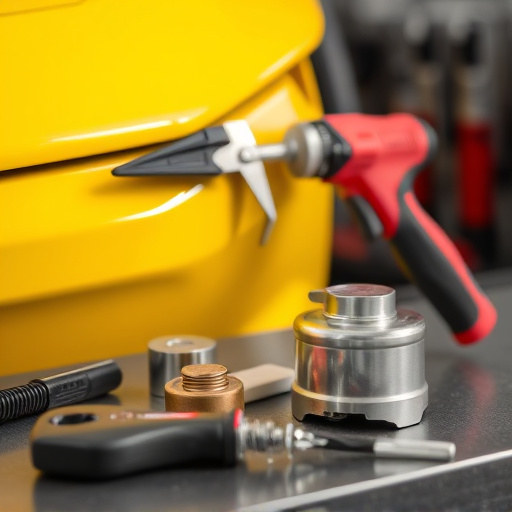
Inconsistent color matching can significantly impact visual consistency across various applications, from classic car restorations to modern auto painting and even tire services. When colors don’t align precisely, it creates a distracting, unprofessional appearance that detracts from overall aesthetics. This is especially true in high-resolution digital media and professional settings where meticulous detail is crucial. For example, in classic car restoration, achieving perfect color matching ensures the vehicle looks authentic, preserving its historical integrity. Similarly, in auto painting, inconsistent color matching can result in visible streaks or variations that compromise the final finish.
In terms of practical implications, inconsistent color matching leads to increased customer dissatisfaction and potential reputational damage for businesses. It can also necessitate costly touch-ups or re-work, reducing overall efficiency and profitability. For industries like tire services, where precision is key, consistent color matching ensures safety standards are met and visual appeal remains intact. Thus, prioritizing color matching excellence is not just about aesthetics; it’s a vital step towards maintaining high-quality standards and customer satisfaction across diverse professional domains.
Achieving Visual Consistency Through Precise Color Management
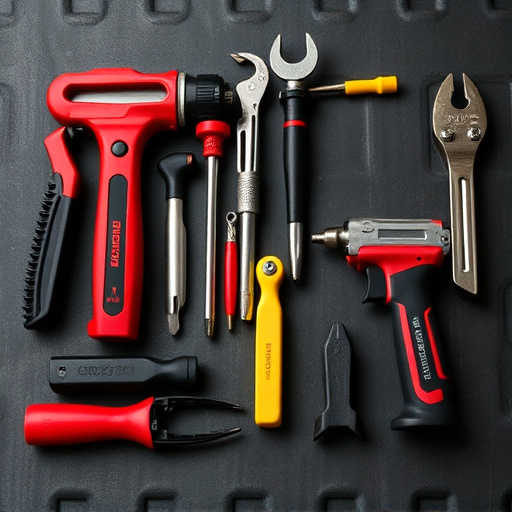
Achieving visual consistency across all touchpoints is paramount for any business, especially in the realm of auto body shops and collision repair centers. Precise color management plays a pivotal role in ensuring that every finished product looks identical to the original, setting a high standard of quality and precision. This involves a meticulous process where colors are accurately measured, matched, and controlled using advanced tools and technologies. By adhering to strict color matching excellence, auto body shops can guarantee that a Mercedes-Benz collision repair is indistinguishable from its pre-accident state, preserving the vehicle’s original aesthetic appeal.
This level of attention to detail not only enhances the customer experience but also reinforces brand identity. For instance, when a car leaves the shop with a flawless color match, it serves as a living testament to the shop’s expertise and commitment to excellence. This is particularly crucial for premium brands like Mercedes-Benz, where maintaining visual consistency across all repair and restoration processes is essential to upholding the luxury and sophistication associated with their vehicles.
Color matching excellence is not just an aesthetic concern; it’s a cornerstone of visual consistency across various mediums. By understanding and managing color accurately, businesses can ensure their branding remains intact, enhancing customer recognition and trust. Inconsistent color matching, on the other hand, can lead to a disjointed user experience, undermining the very essence of professional design. Therefore, adopting precise color management practices is vital for maintaining visual harmony, ensuring every element aligns with brand identity and leaving a lasting impression.
